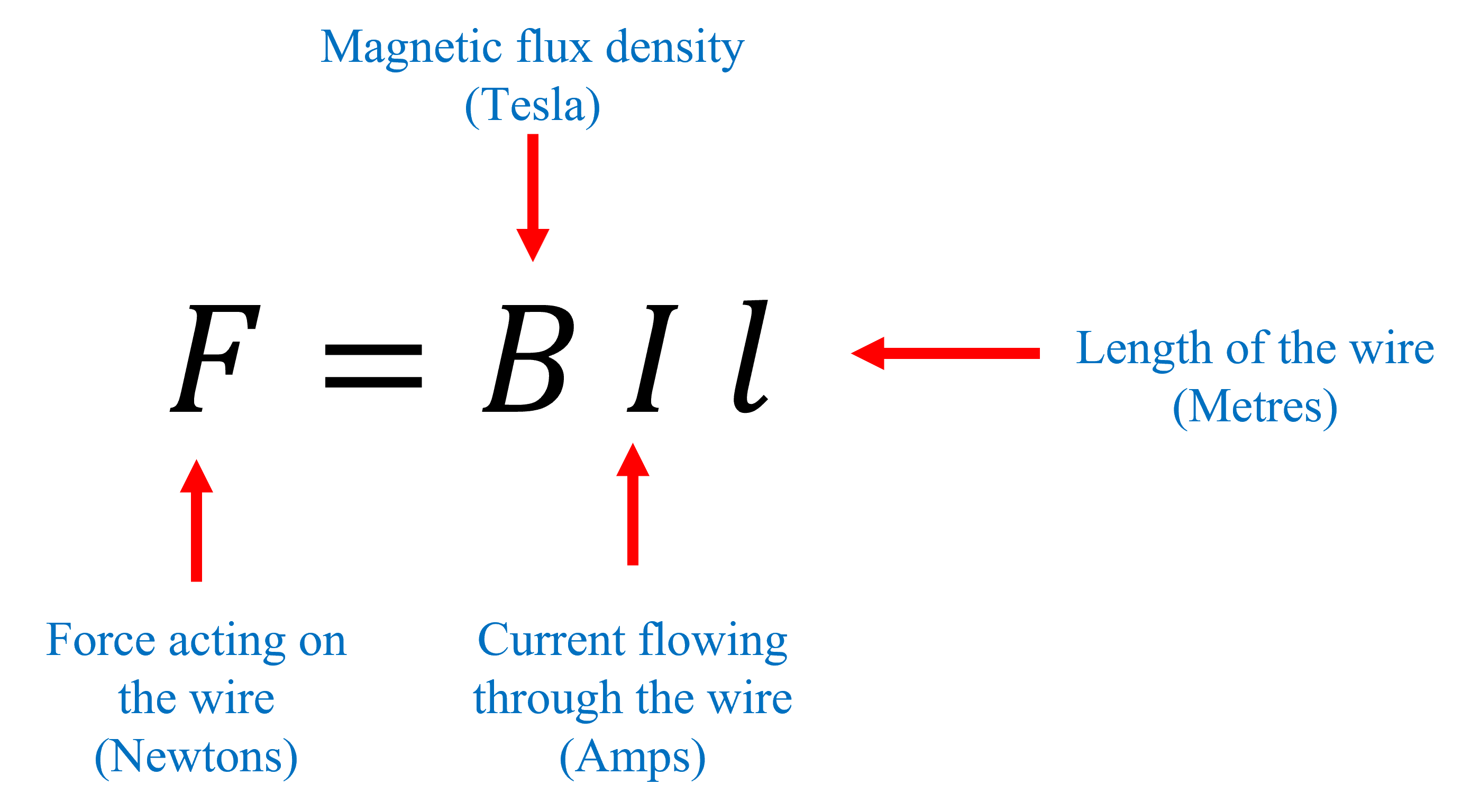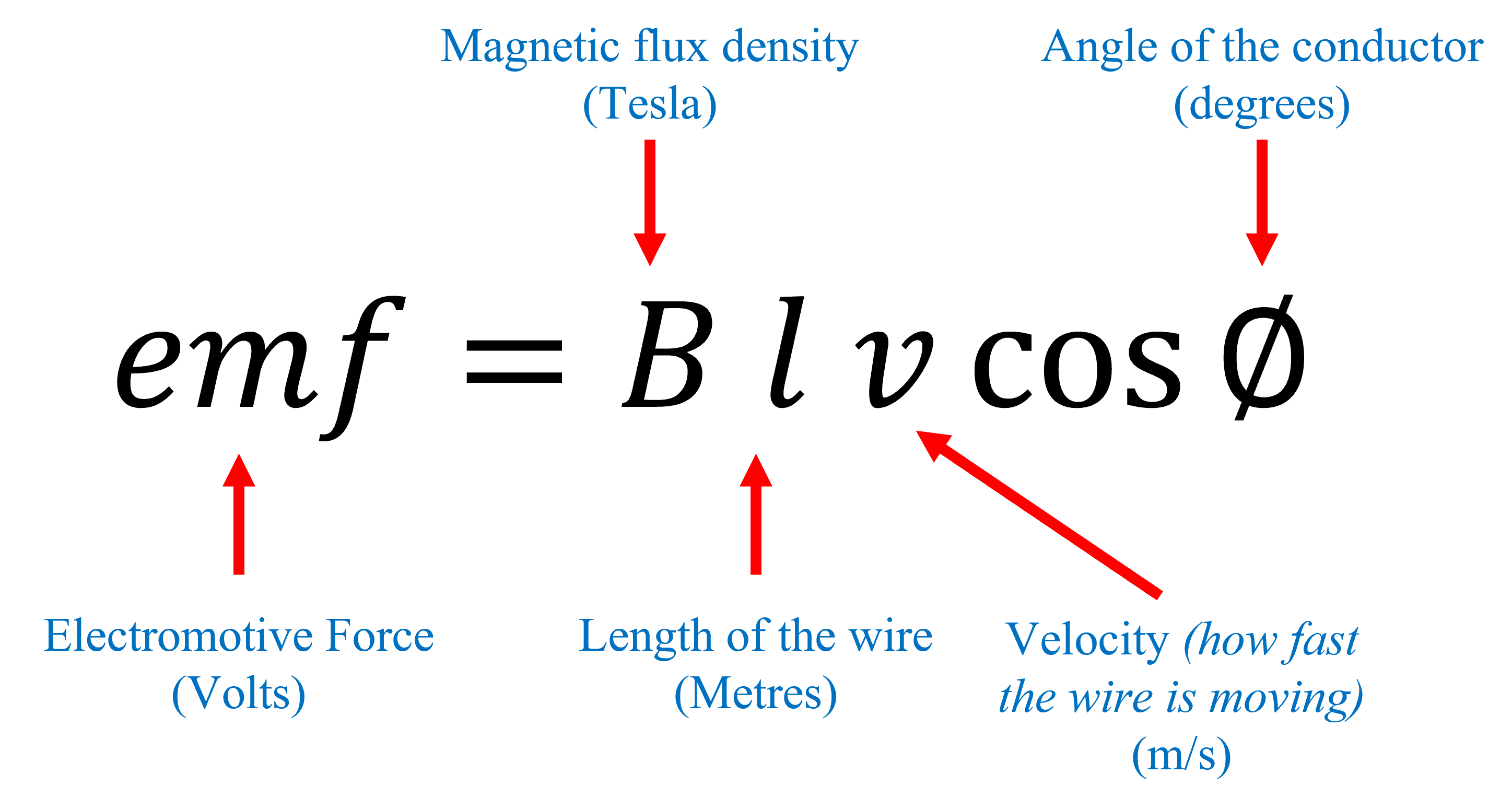Fleming's left hand rule demonstrates the force acting on a current carrying conducting within a magnetic field. Electric motors are based on this principle.


When current flows away from the viewer a downward force acts on the conductor.

When current flows towards the viewer an upwards force acts on the conductor.
The force acting on the conductor is dependent upon the current flowing through the conductor, the effective length of the conductor and the amount of current flowing through it. In most cases the conductor is a long length of wire.

Fleming's right hand rule demonstrates the emf developed by the movement of a conductor perpendicular to a magnetic field. The operation of electricity generation machines such as alternators can be characterised by this rule. A way to remember that this is the rule for generators is the made up word: generighters .


When the conductor cuts the magnetic field in an upwards direction an emf is developed in it, causing a current to flow towards the viewer. When the conductor changes direction, so does the induced emf.
The emf generated is dependent upon three things: The magnetic flux density of the permanent magnets, the effective length of the conductor (usually a long length of wire), and the velocity that the conductor is being moved within the magnetic field. When the wire is moving perpendicular to the magnetic field as shown above, the emf generated is calculated with the formula:

IIf the wire is moving in a circular motion the formula has an aditional element to take this into consideration. COS ∅ relates to the angle of the wire in relation to the magnetic field. You don't need to worry about this too much.

The force acting on a conductor within a magnetic field can be calculated with the formula

When the conductor cuts the magnetic field in an upwards direction an emf is developed in it, causing a current to flow towards the viewer. When the conductor changes direction, so does the induced emf.
